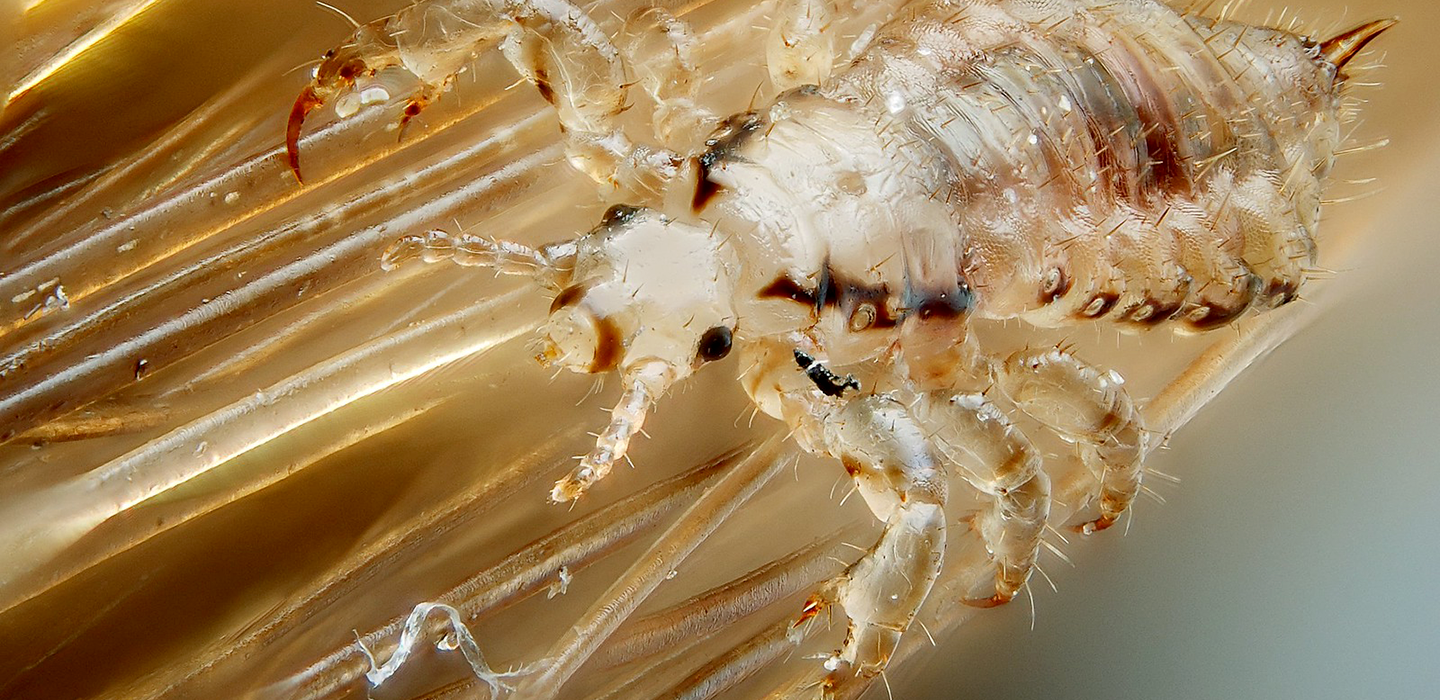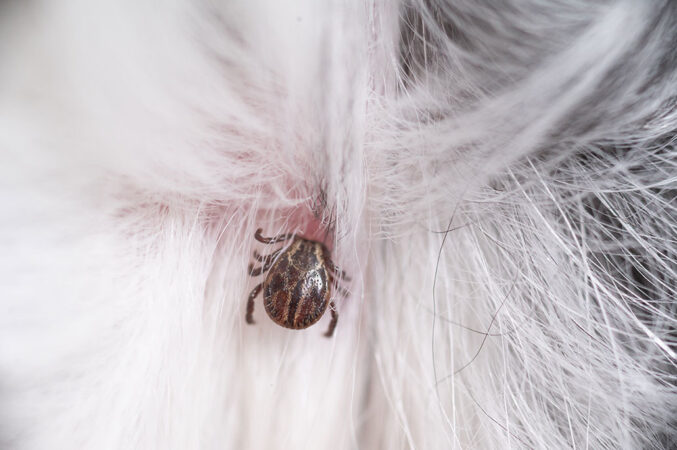Some ecologists value parasites — and now want a plan to save them

Chelsea Wood always wanted to be a marine biologist. As a child growing up on New York’s Long Island, she envisioned traveling the world, studying big animals that live in the ocean. “There was just never any question in my mind,” she says.
Then, during college, she worked in a lab that focused on parasitic worms. At first, she thought they were disgusting. Most people associate parasites with infection and disease. “I thought they were gross and slimy,” she says. “Why would anyone ever want to work on them?” But she also saw parasites as a step toward studying bigger things — ones that weren’t as gross or slimy. She never imagined that parasites would take over her life.

These organisms live and feed on other creatures, known as hosts. Parasites are usually small — and if they live in water, it’s because their hosts do, too. Some parasites are invisible to the eye and so small they can infect cells. Others, such as ticks or leeches, are easy to spot. Some parasitic worms can reach tens of meters in length. They may gorge on the blood of their hosts. Some tiny ones even live in the bloodstream of larger parasites, which in turn may live on even bigger creatures. One example is the bacterium that causes Lyme disease. It’s a parasite that infects ticks, which are also parasites.
Read more at Science News Explores. Story published Sept. 22, 2022.